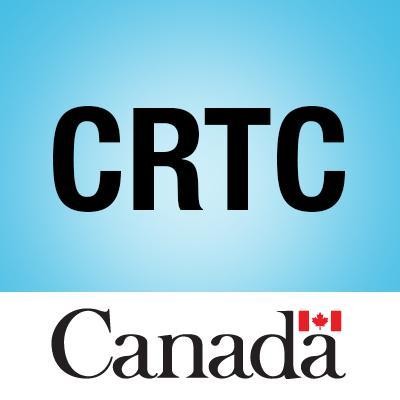
OTTAWA-GATINEAU – Amidst a plethora of over-the-top options for video and audio content, Canadian broadcasting services generated total revenues of $17.3 billion in 2017, down 3.3% from 2016, the CRTC said Wednesday.
In the broadcasting portion of its 2018 Communications Monitoring Report (CMR), the Commission said that broadcasting distribution undertakings (BDUs), such as cable, satellite and IPTV distributors, generated almost half (49.4%) of the total revenues, with $8.5 billion reported in 2017. That was followed by television services with $6.9 billion (40.1%) and radio stations with $1.8 billion (10.5%).
The revenues of Internet-based audio and video services (a.k.a. OTT services) are excluded from the CRTC’s total broadcasting revenue figure. In 2017, those revenues were estimated at $2.7 billion ($2.4 billion for video services and $383 million for audio services), totaling less than a sixth of the revenues of the traditional broadcasting services.
“Even though Internet-based services are becoming more popular, a great majority of Canadians continue to use traditional TV and radio services”, reads the report. “More specifically, in 2017, on average 94% of Canadians watched traditional television and 88% listened to radio in any given month. These penetration figures are far higher than those for their Internet-based counterparts, which stood at 63% for Internet television and 59% for streaming music content on YouTube.”
Contributions to Canadian content in 2017 were $3.4 billion. Canadian programming expenditures (CPE) represented the vast majority (87%) of the contributions, followed by contributions from BDUs (12%) and Canadian content development (CCD) from radio broadcasters at 1%.
Other highlights from the report include:
– The 712 private commercial radio stations (591 FM and 121 AM) reporting in 2017 generated $1.5 billion in revenues (down 1.9% from 2016);
– There were 109 radio station licensees in 2017, 19 of which reported revenues over $10 million;
– On average, Canadians 18+ listened to 15 hours of radio per week in 2017, a decrease of 1.7% from 2016. This weekly tuning was supplemented, on average, by an additional 7.2 hours of audio streaming content, for a total of 22.2 hours of audio listening each week;
– Led by discretionary services, television revenues totaled $6.9 billion in 2017 (a decline of 5% compared to 2016);
– In 2017, there were 793 television services authorized for distribution in Canada, of which 447 (56%) were Canadian;
– On average, Canadians 18+ watched 27 hours per week of traditional television in 2017 as well as 3.4 hours of Internet television on average per week, for a total of 30.4 hours of content viewing per week;
– In 2017, broadcasting distribution undertakings (BDU) revenues of $8.5 billion represented almost half of total broadcasting revenues, though were 2.3% lower compared to 2016;
– BDU subscribers in 2017 were 10.7 million, down 1.9% from 2016. Taken together, cable, IPTV and DTH services provided services to which 72.3% of Canadian households subscribed;
– IPTV still leads in terms of growth, reporting a 10.3% growth in revenues compared to 2016, while DTH services are still the most profitable distribution services with a 28.1% EBITDA in 2017;
– Cable services still represented over half of the BDU market, with 57% of subscribers and earning 54% of the total BDU revenues. IPTV had 24% of subscribers (23% of revenues), and DTH had 19% of subscribers (23% of revenues).



